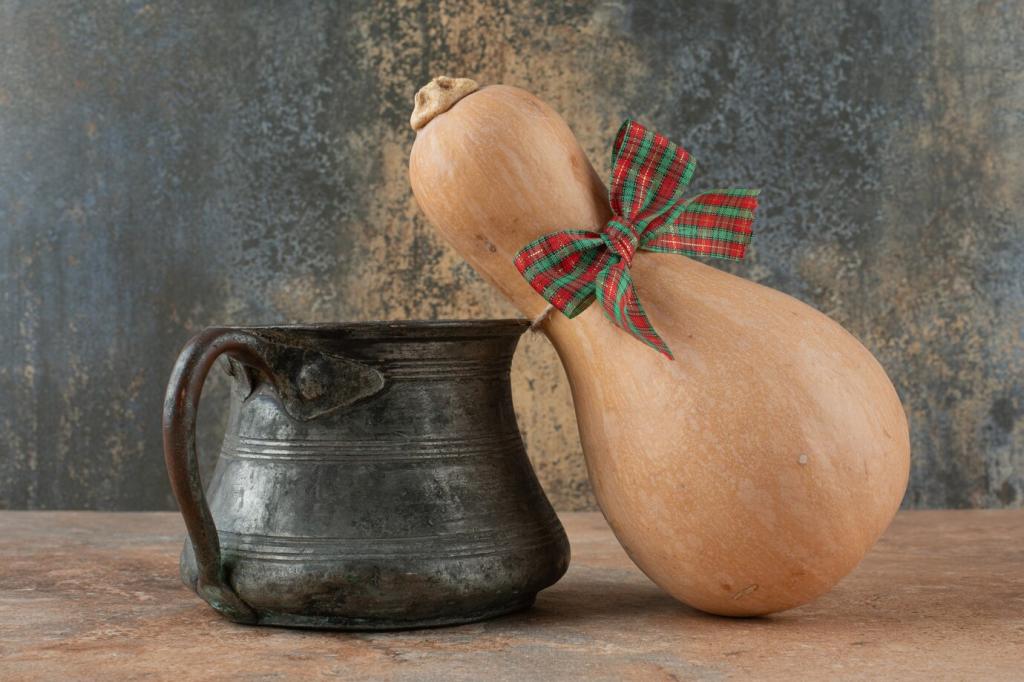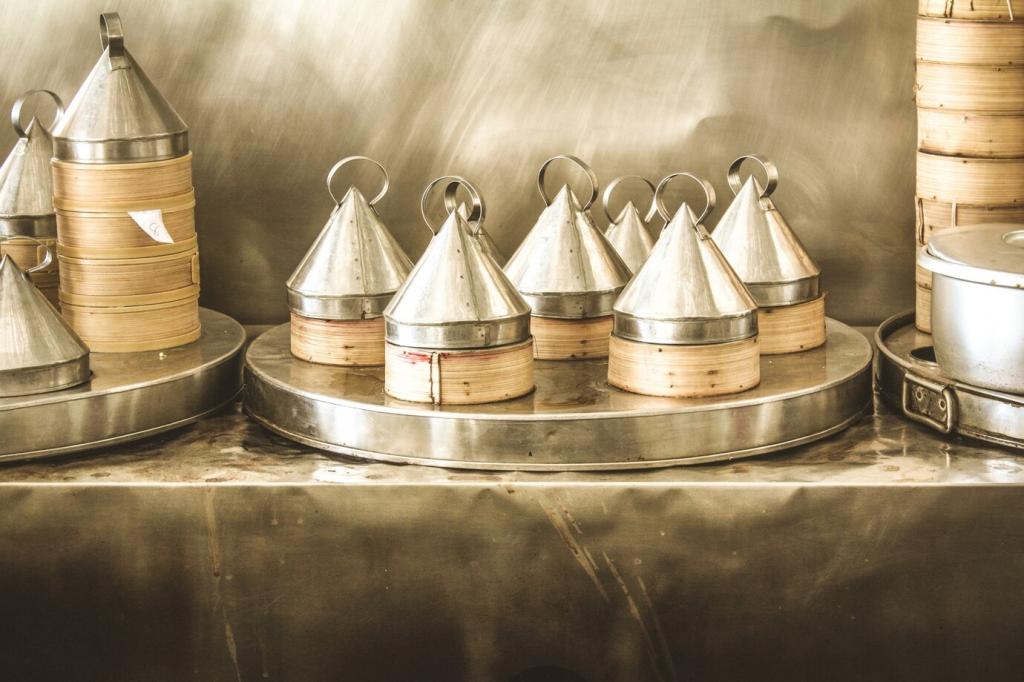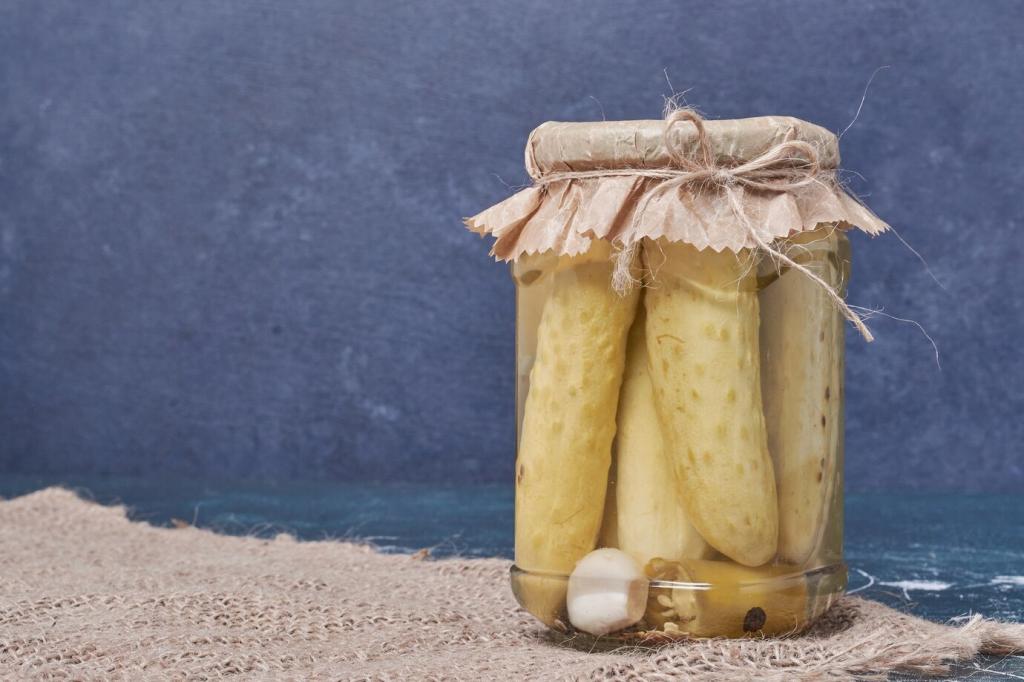
Restoration Techniques for Antique Pieces
Restoring antique pieces is a delicate art that blends historical sensitivity with skilled craftsmanship. Whether a piece is valued for its sentimental significance or historical provenance, using the right approach is essential to preserve both its beauty and integrity. This guide explores crucial techniques for restoring antiques, focusing on understanding their unique histories, caring for original materials, applying appropriate conservation methods, and integrating period-accurate finishes. Through careful attention to detail and respect for authenticity, anyone can return cherished antiques to their former glory.

Recognizing Signs of Age and Damage
Identifying the signs of age in antiques involves a careful inspection for cracks, wear patterns, discoloration, and material degradation. It’s crucial to distinguish between natural aging, which adds character, and actual structural issues that require intervention. Recognizing old repairs, replaced components, or concealed defects ensures that new restoration work does not inadvertently compromise authenticity. This recognition helps form a sensitive approach, acknowledging both the passage of time and the specific needs of each individual piece.
Understanding Construction Techniques and Materials
To restore an antique properly, one must first understand how it was constructed and what materials were used. This knowledge helps restorers select compatible restoration materials, tools, and techniques. For example, knowing whether an antique chair was joined with traditional mortise-and-tenon versus later nails affects the repair approach. Thoroughly researching the historical context and methods grants respect for original craftsmanship, guiding decisions that maintain both functionality and historical value.
Evaluating Previous Restoration Efforts
Many antiques have already undergone repairs before coming into a restorer’s care. Evaluating these previous interventions is critical, as they may have altered the piece’s integrity, introduced incompatible materials, or masked original features. By assessing past restoration work, a restorer can decide whether to preserve, reverse, or improve upon it. This careful analysis ensures that each decision made during restoration upholds the piece’s long-term well-being and historic authenticity.
Cleaning and Surface Preparation
Selecting the right cleaning method is critical to avoid damaging sensitive surfaces. Water, solvents, or mild detergents must be chosen with great care and tested in inconspicuous areas first. Understanding the vulnerabilities of wood, metal, or fabric surfaces helps prevent discoloration, warping, or other irreversible harm. Each cleaning method must be tailored not only to the material but also to its state of preservation, ensuring the safest and most effective result.

Woodworking Repairs and Joinery
Antique wooden pieces often suffer from weakened joints, split panels, or missing structural elements. Repairing these issues requires knowledge of traditional woodworking techniques compatible with the period of the piece. Reinforcements may include applying hide glue, hand-fitting new wood to damaged areas, or replicating original joinery methods. Each decision during repair prioritizes reversibility and minimal intervention, always striving to conserve the unique craftsmanship of the original maker.
Metalwork Restoration and Corrosion Control
Brass, iron, and other metals are common in antiques, often appearing as decorative accents or structural components. Metal restoration may call for gentle rust removal, soldering, or reshaping to restore original function and appearance. Corrosion control is a key component to prevent future deterioration; this might involve applying protective coatings or stabilizing compounds chosen for their compatibility with historical materials. Above all, the focus remains on repair techniques that support long-term preservation.
Textile and Upholstery Restoration
Antique fabrics and cushioned furnishings require a specialized skill set to restore without losing their authenticity. Techniques include careful cleaning, reinforcement of fragile areas, and, if necessary, the replacement of worn fabric with period-appropriate material. Original padding and supports are conserved whenever possible, and any repairs are made with materials and stitches sympathetic to the era. The intention is to maintain the piece’s comfort, beauty, and, most importantly, its continuity with the past.
